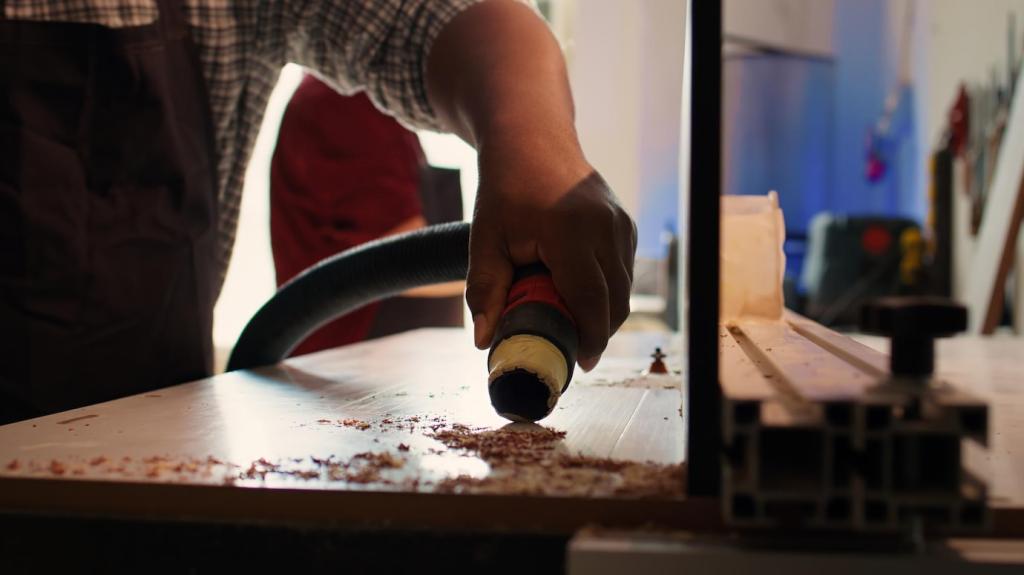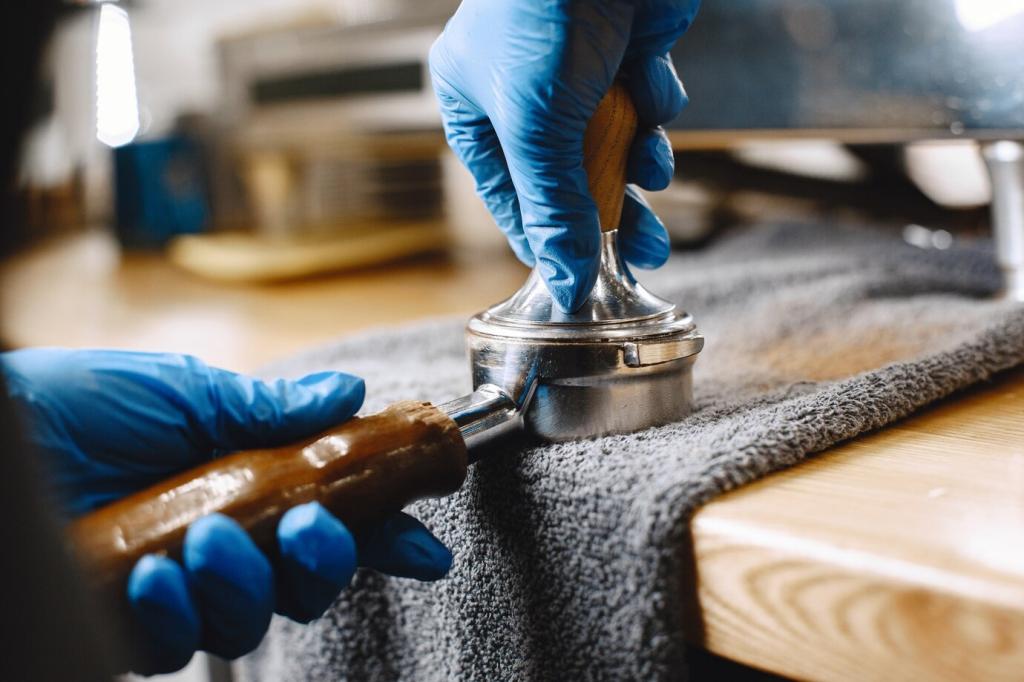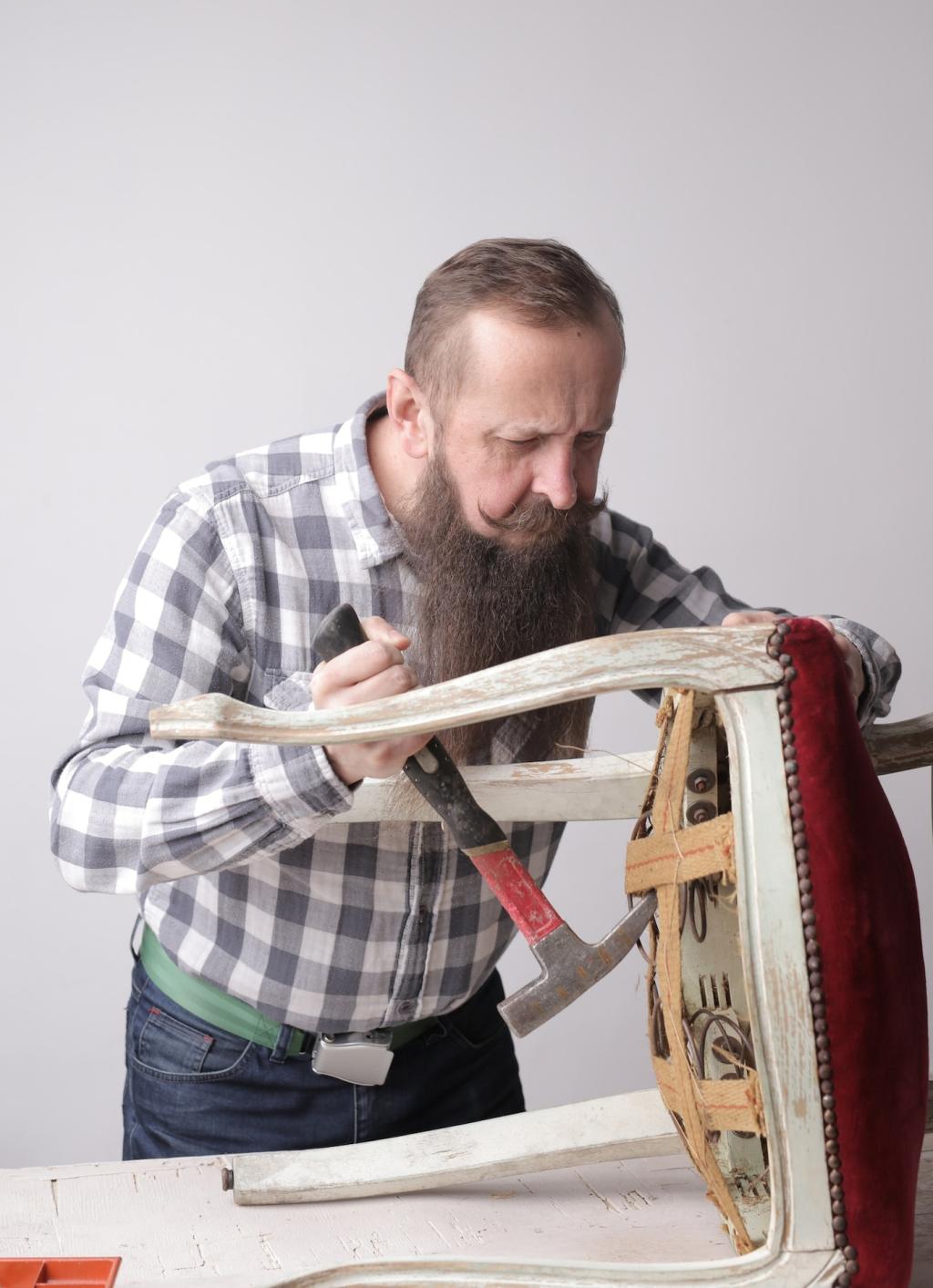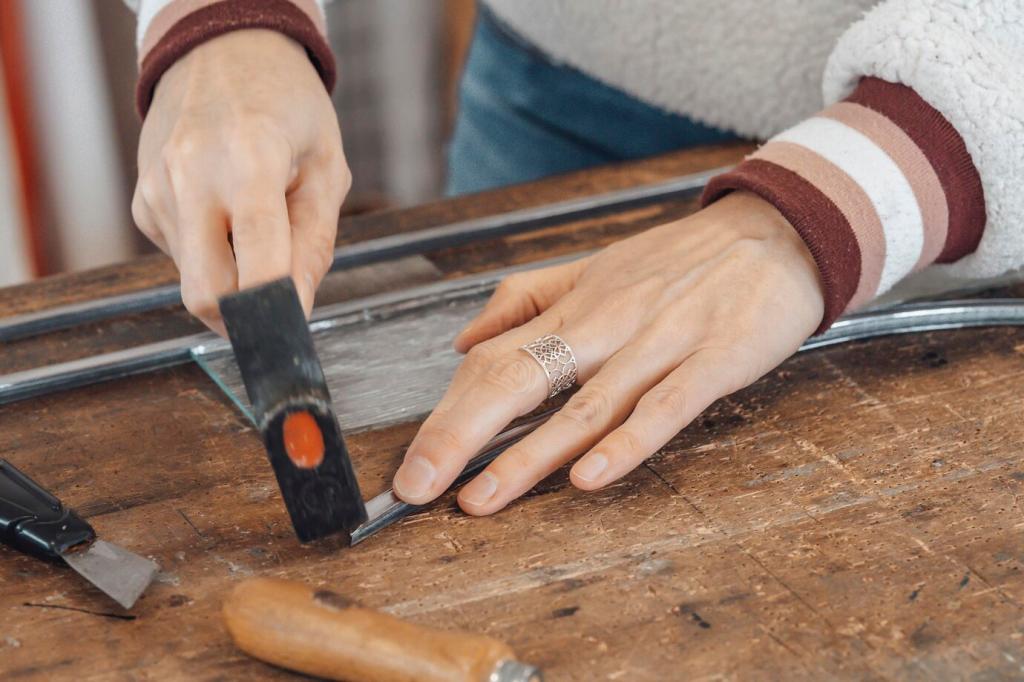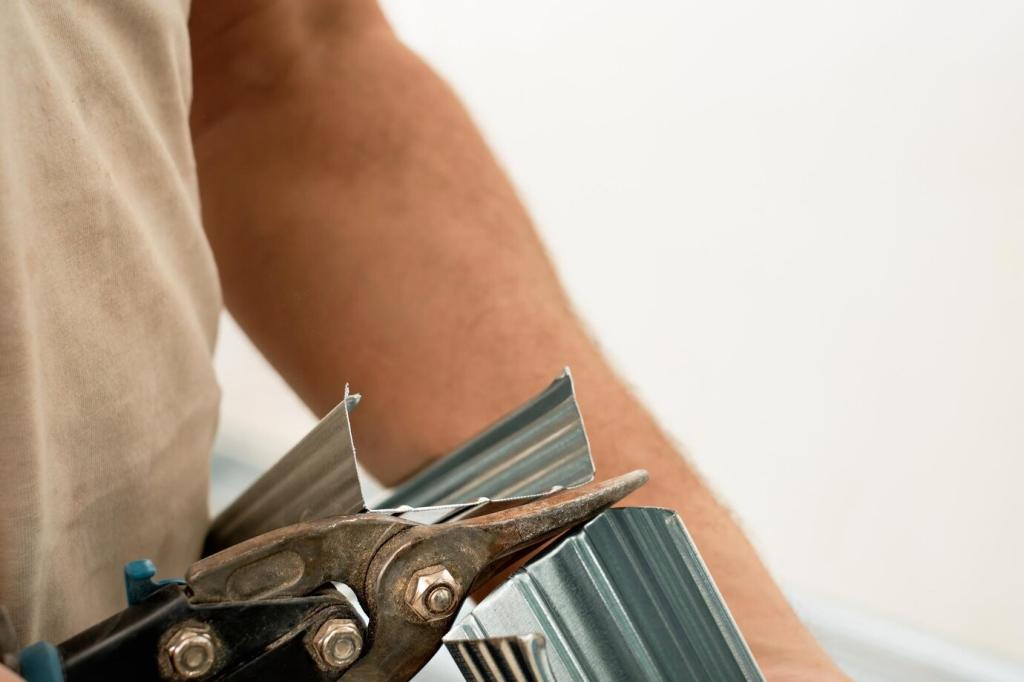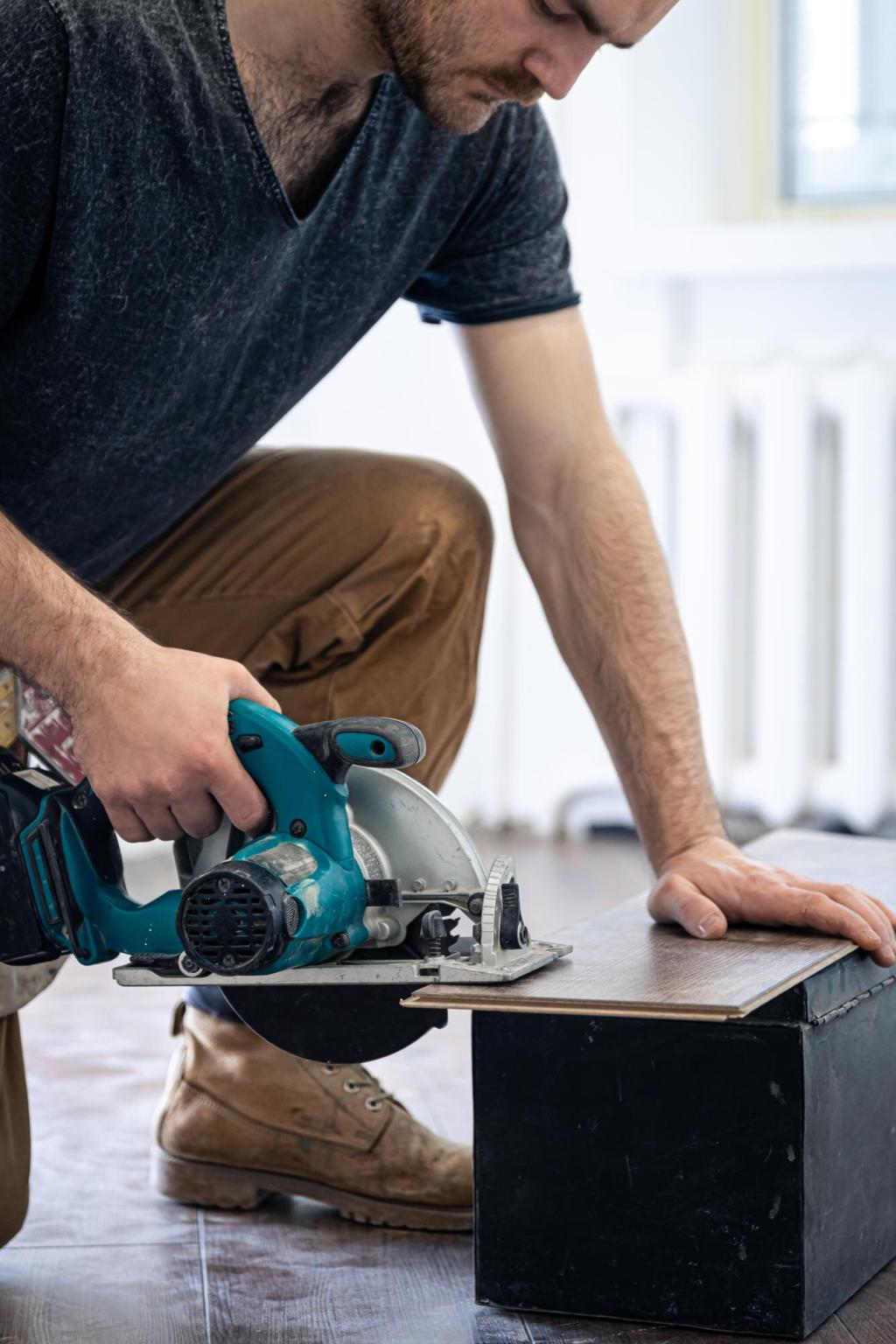Refinishing Pitfalls to Steer Clear Of
Many vintage pieces have gorgeous but thin veneer. Aggressive sanding ruins patterns and exposes the substrate. Use light passes, higher grits, and sanding blocks. When uncertain, chemically strip and neutralize instead of grinding away irreplaceable character.
Refinishing Pitfalls to Steer Clear Of
Water-based finishes over oil that has not fully cured can haze. Wax can interfere with adhesion entirely. Follow manufacturer guidance, test on the underside, and give oils proper cure time before topcoating to avoid peeling or clouding.
Refinishing Pitfalls to Steer Clear Of
Degrease with a proper cleaner, scuff-sand evenly, and remove dust meticulously. Rushing these steps traps contamination and causes adhesion failures. A clean tack cloth and thoughtful masking transform an amateur result into a smooth, durable finish.

